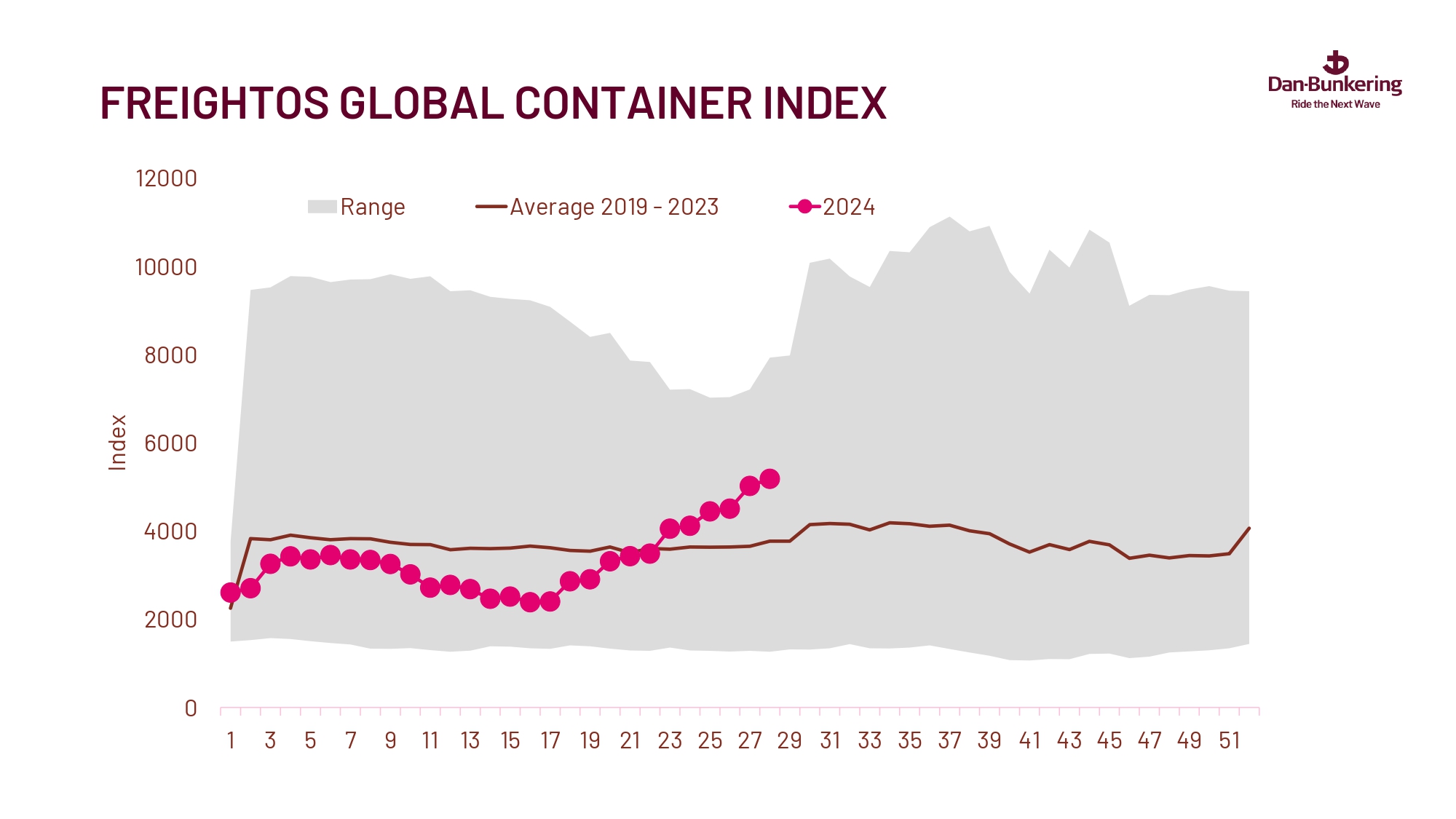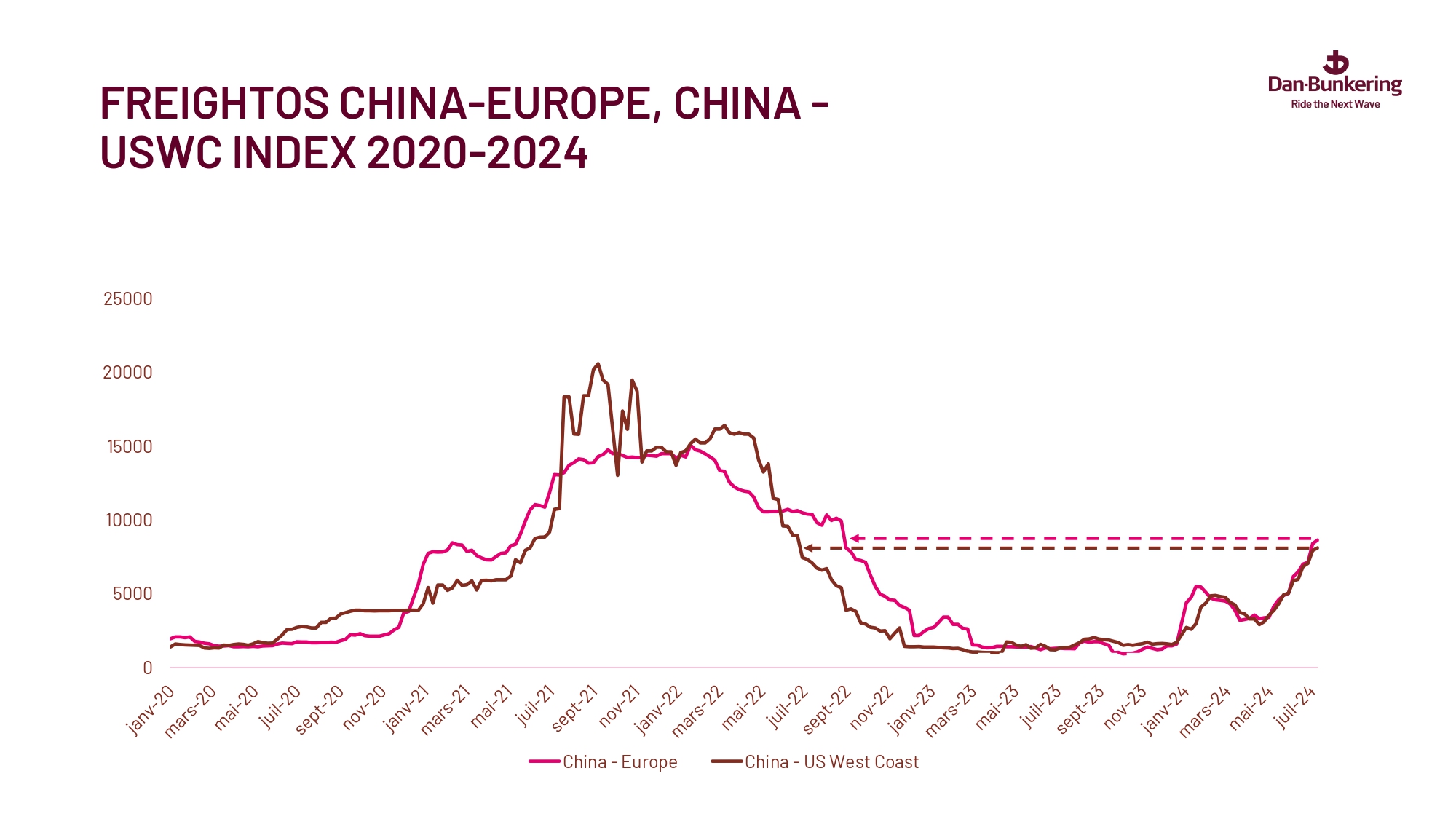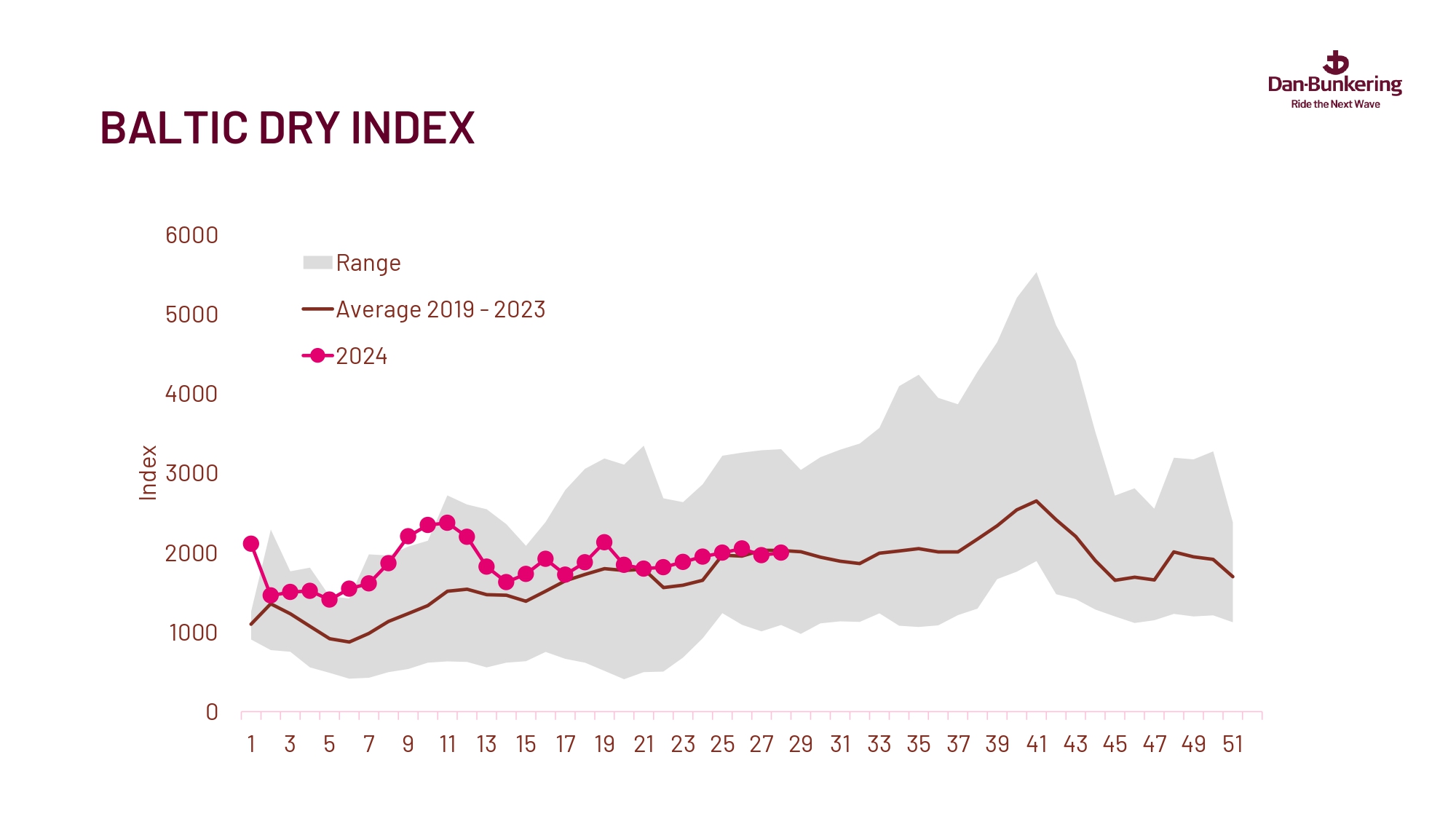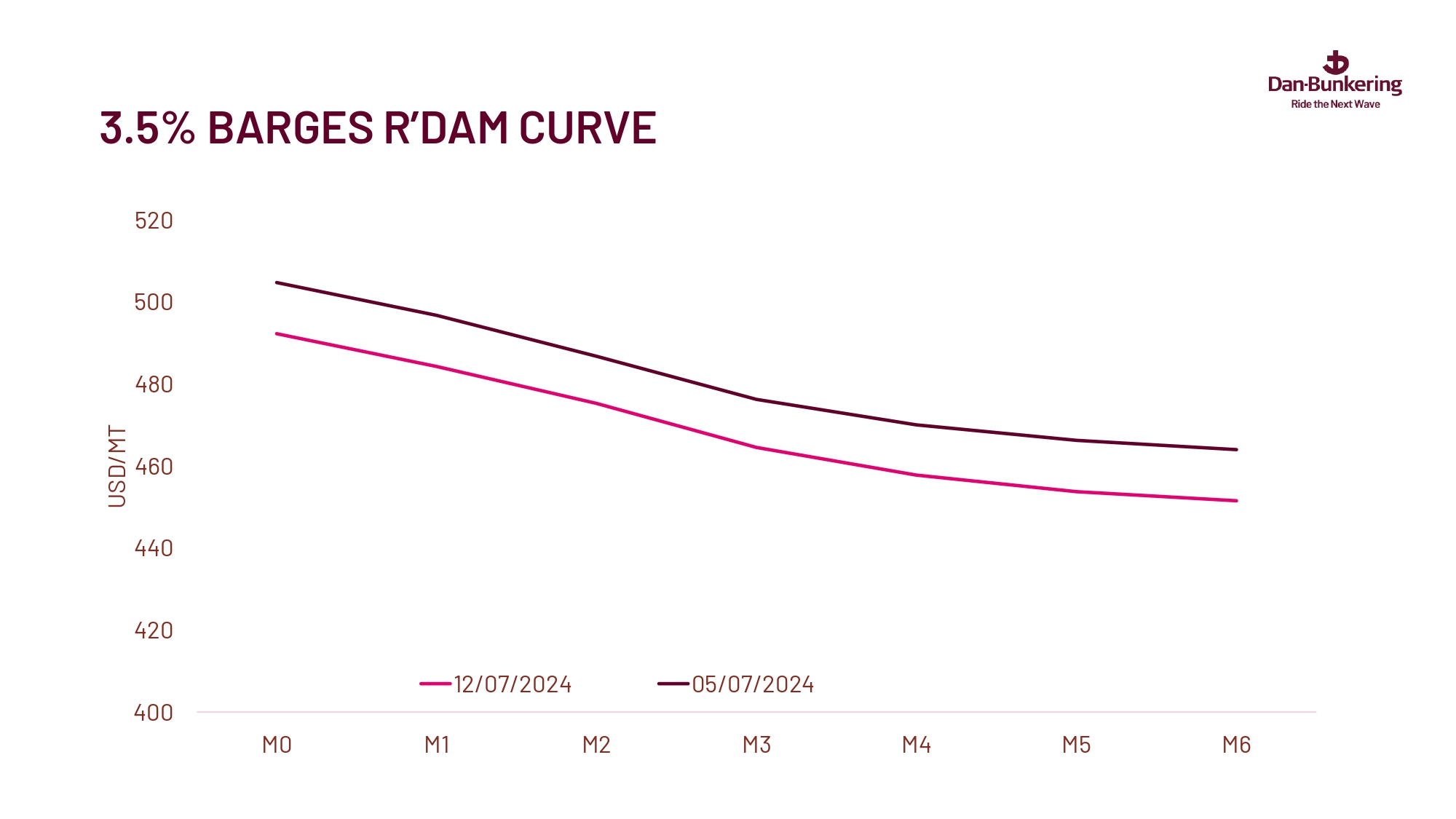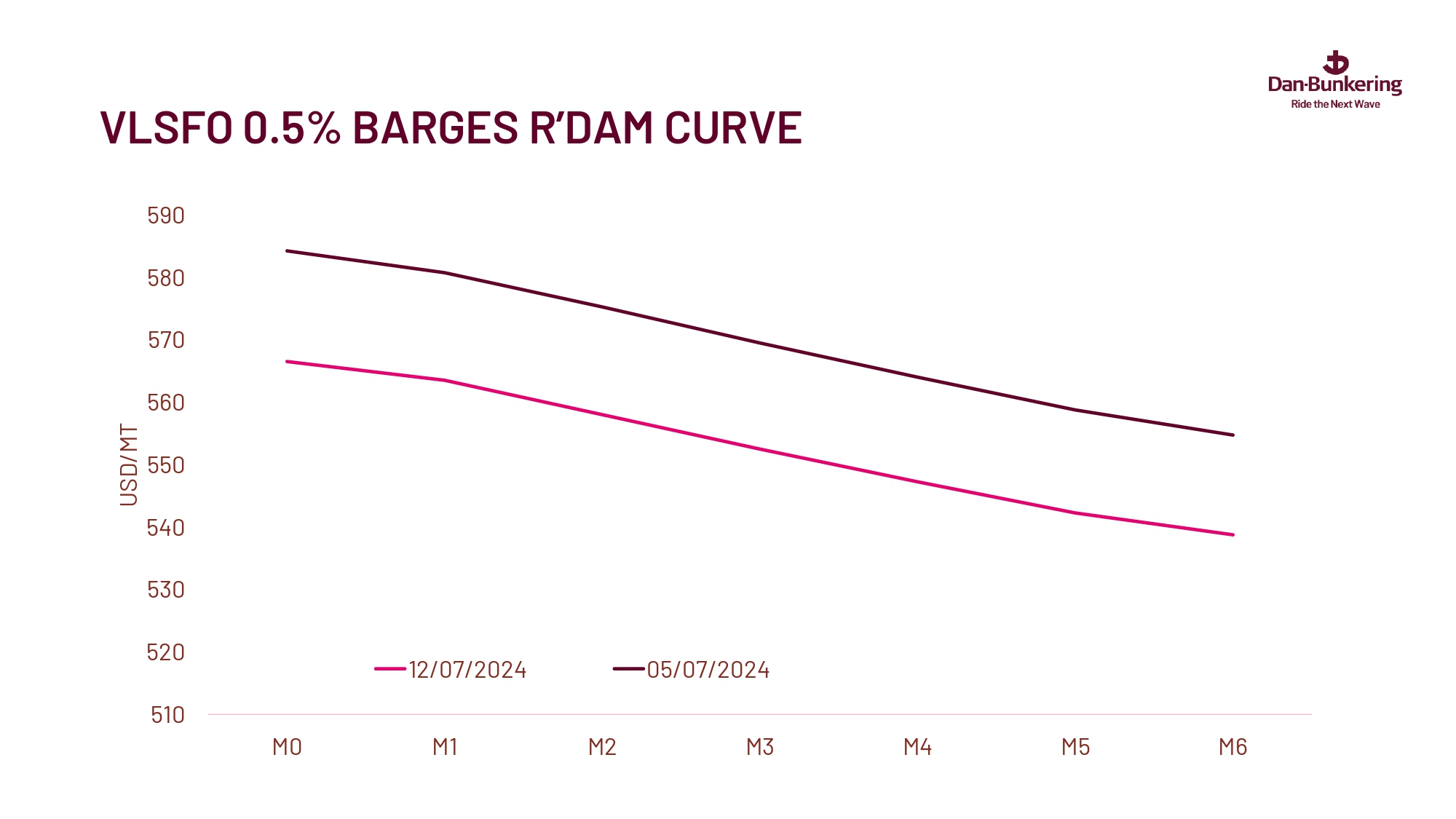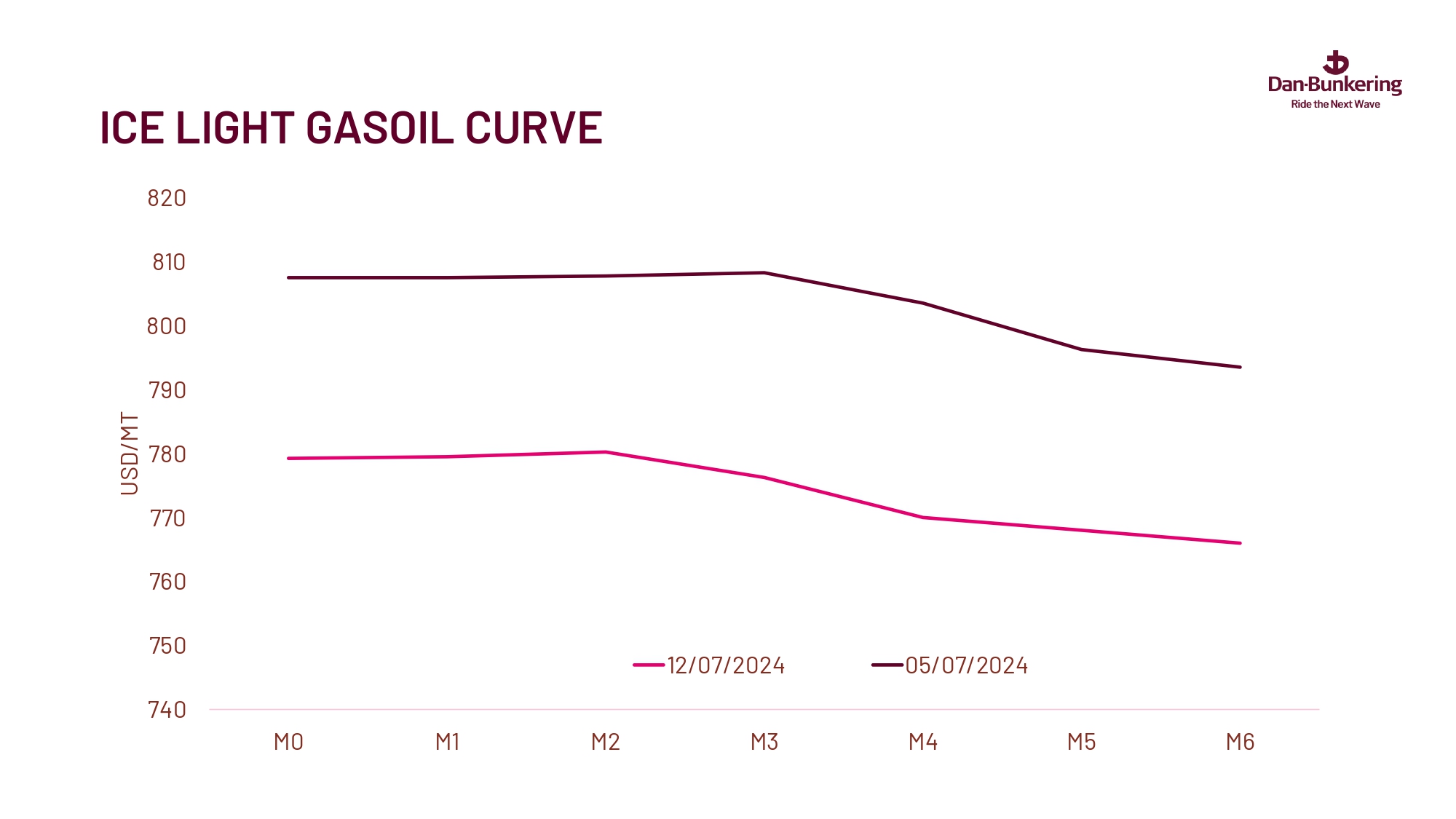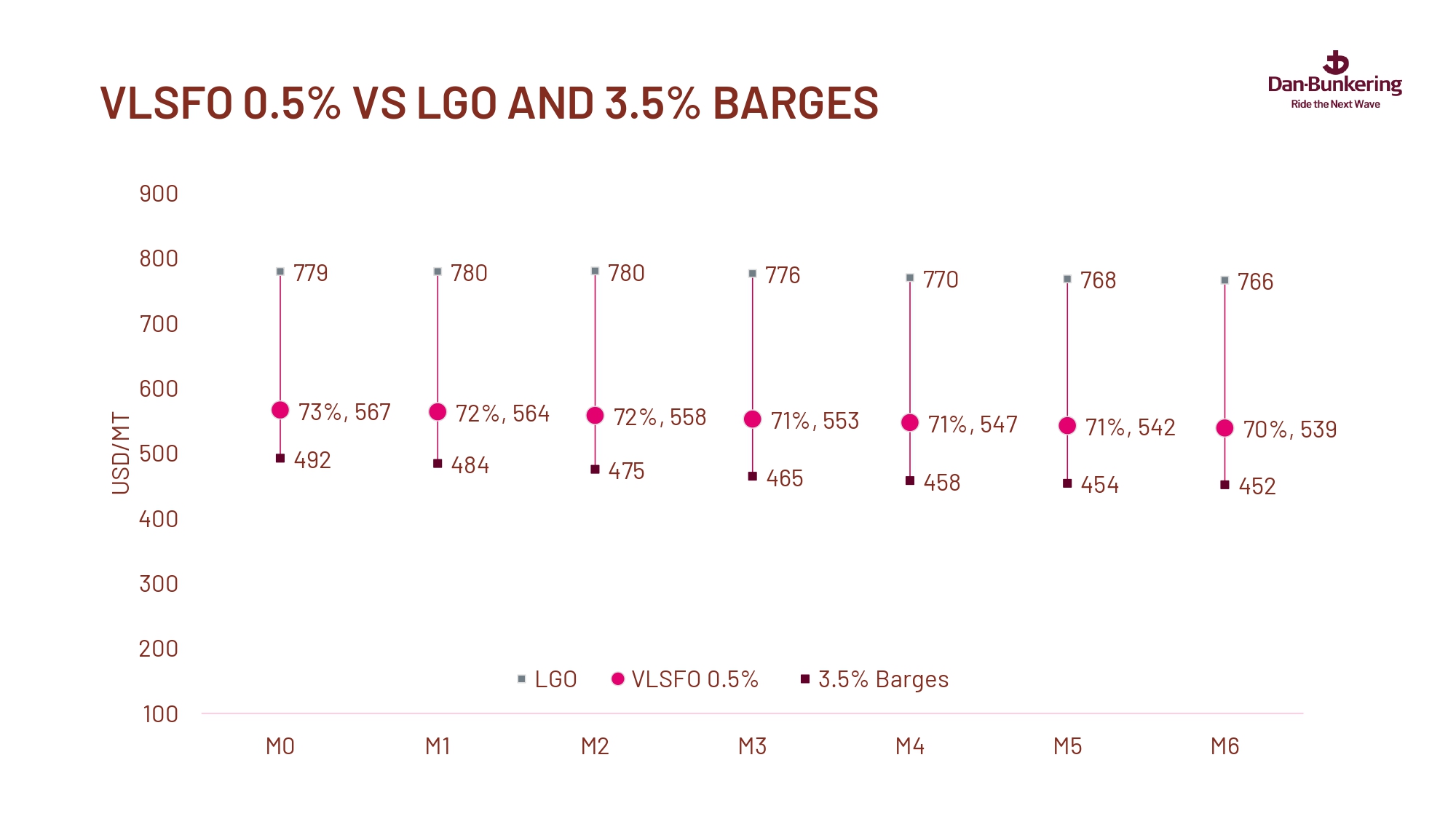Summary
In the upcoming week, the economic news landscape is relatively quiet, with the primary focus on the European Central Bank's interest rate decision on Thursday. The ECB is expected to maintain the rate at 4.25%, given the projected slowdown in the Euro area's inflation rate to 2.5% in June from 2.6% in May. The UK's inflation rate is steady at 2%, matching the Bank of England's target, while Japan's inflation remains unchanged at 2.8%. Germany's producer price index is predicted to decrease more slowly, while Korea's is expected to rise faster. Singapore's trade surplus is projected to grow to $6.4 billion, and Japan's trade deficit is expected to improve, with an increase in exports and imports. In the USA, industrial production is anticipated to have grown by 0.4% in June, despite the Conference Board's leading index suggesting a decline. The US capacity utilization rate has increased slightly to 78.7%, showing a stable trend.
In the oil market, Baker Hughes' rig count fell by one to 478 last week. The average price of WTI decreased to $82.1 per barrel, and natural gas prices dropped to $2.3 per mmbtu. The IEA, EIA, and OPEC released their July reports, highlighting weak demand growth and varying forecasts for 2024 and 2025. The IEA predicts weak global supply growth, while the EIA forecasts stronger demand and supply growth, and OPEC maintains a high demand forecast.
China's GDP growth was reported at 4.7%, below expectations, challenging the government's 5% growth target. The Communist Party of China's third plenum is set to address long-term economic reforms, focusing on advanced manufacturing, tax system revisions, and boosting domestic consumption. China's industrial production rose by 5.3%, and India's by 5.9%, while the Euro area saw a 2.9% decline over the year. These trends highlight the growing economic disparity between advanced and developing economies, which will affect global trade patterns.





